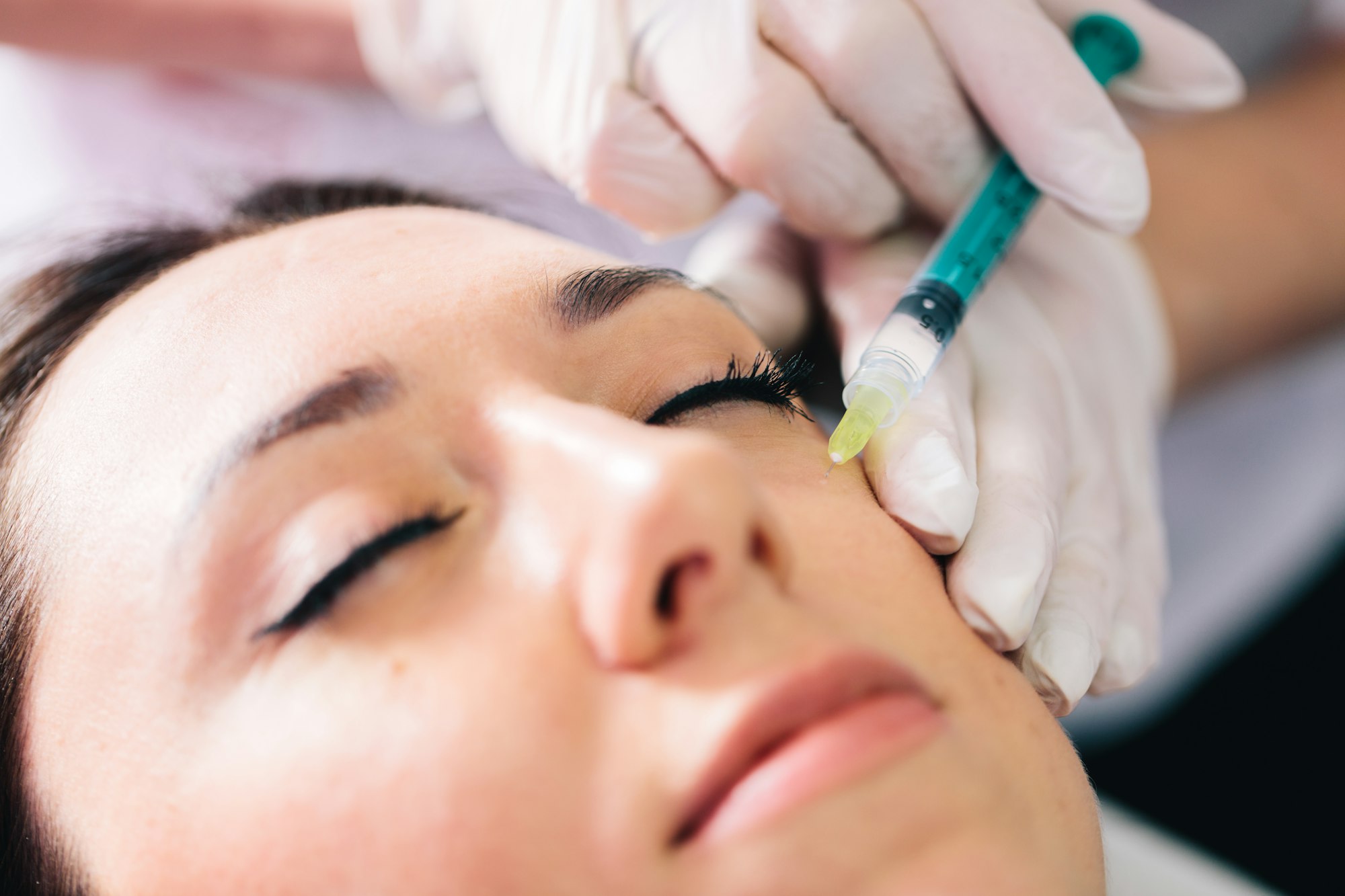The medical community is abuzz with a groundbreaking development: harnessing artificial intelligence (AI) and laser technology to heal damaged tissues. This innovative approach has the potential to revolutionize the treatment of injuries, diseases, and the natural aging process. Leading the charge are startups that are devising new solutions for complex medical challenges like tissue damage from accidents, chronic diseases, or surgeries.
Let’s delve into how this technology works, its applications, and the future prospects for healing.

Decoding AI-Assisted Tissue Regeneration
Tissue regeneration involves prompting cells to repair or replace damaged tissue. Traditional methods, such as stem cell therapy and tissue grafts, often face challenges like rejection, high costs, and ethical dilemmas.
Introducing AI adds a transformative dimension to tissue regeneration. AI algorithms analyze extensive biological data to identify patterns and optimize healing protocols that are too intricate for human calculation. This technology is used to create customized regeneration plans tailored to an individual’s specific biological characteristics.
A key breakthrough is the use of lasers to stimulate cell growth. By employing specific wavelengths of light, lasers encourage cells to multiply and repair damaged tissues. This process, known as photobiomodulation, has been refined with the integration of AI, which precisely adjusts laser parameters like intensity, duration, and wavelength to suit different tissue types and maximize the regenerative response.
How AI and Lasers Collaborate
- Data Collection: AI begins by gathering comprehensive patient data, including imaging scans, genetic information, and historical responses to treatments. This data is crucial for developing personalized treatment strategies.
- Regeneration Modeling: Using the collected data, AI algorithms simulate various tissue regeneration scenarios by adjusting laser settings to forecast the most effective outcomes. These models also help predict tissue responses over time, enhancing safety and precision.
- Laser Application: After determining the optimal settings, lasers are deployed to stimulate cell growth. This energy prompts biological processes such as collagen production and cell proliferation. The predictive power of AI makes this method highly specific, minimizing side effects and boosting success rates.
- Continuous Monitoring and Feedback: As treatment proceeds, AI continuously monitors the patient’s progress and adjusts laser parameters as necessary. This dynamic feedback loop ensures that the regeneration process is optimized in real-time.
Advantages and Applications of AI-Assisted Tissue Regeneration
The fusion of AI and laser technology offers numerous medical possibilities:
- Wound Healing: Accelerated healing of chronic wounds, like diabetic ulcers or pressure sores.
- Orthopedics: Improved recovery times for regenerating cartilage, tendons, or ligaments, beneficial for sports injuries or degenerative conditions.
- Cosmetic and Aesthetic Procedures: Enhanced effectiveness of skin resurfacing, scar reduction, and hair regrowth treatments.
- Organ Regeneration: Although still in preliminary stages, this technology holds the promise of regenerating larger tissues or organs, potentially addressing the critical shortage of organ donors.
- Neurological Applications: Potential to promote nerve cell regeneration, offering new treatments for conditions such as Parkinson’s or Alzheimer’s disease.
Challenges and Future Directions
Despite its potential, this innovative technology faces several obstacles:
- Regulatory Challenges: Extensive clinical trials and regulatory evaluations are required to ensure safety and effectiveness before widespread adoption.
- Cost Implications: Initial development and treatment costs may restrict access to a broader audience.
- Ethical and Privacy Concerns: The use of AI in analyzing personal medical data and making treatment decisions raises significant privacy and ethical questions.
- Integration with Existing Medical Infrastructure: Widespread adoption necessitates seamless integration with current medical practices, along with comprehensive training for healthcare providers.
The Future Is Now
The integration of AI and tissue regeneration is in its early stages, but its potential to transform medicine is enormous. As investment and research continue to pour into this field, we anticipate more personalized treatments becoming the norm. Moreover, as AI technology advances, it may unlock the ability to regenerate increasingly complex tissues and organs, potentially revolutionizing our approach to numerous medical conditions.
The role of AI in healthcare is poised to catalyze a major shift in how we treat injuries and chronic diseases, ushering in an era of faster, more precise, and individualized medical care, enhancing both recovery outcomes and quality of life.

Frequently Asked Questions (FAQs)
- What is tissue regeneration and how can AI and lasers help? Tissue regeneration involves the process where cells repair or replace damaged tissues in the body. AI enhances this process by analyzing vast amounts of medical data to tailor treatment plans that are specific to each patient’s needs. Lasers come into play by providing targeted energy that stimulates cells to promote healing and regeneration. Together, AI and lasers offer a precision approach that can improve outcomes, speed up recovery, and reduce side effects.
- Are there any real-world applications of this technology currently in use? While this technology is still largely in the research and development phase, some preliminary applications are being explored. For example, laser therapy, guided by AI algorithms, is being tested for wound healing, especially in difficult-to-treat cases such as diabetic ulcers and pressure sores. In orthopedics, it is being researched for its potential to regenerate cartilage and other connective tissues, which could revolutionize the treatment of sports injuries and arthritis.
- What are the main challenges facing the adoption of AI-assisted laser tissue regeneration? Several challenges need to be addressed before this technology can be widely adopted:
- Regulatory Approval: Any new medical technology must undergo rigorous testing to meet safety and efficacy standards set by health authorities.
- High Costs: The development and implementation of cutting-edge technologies like AI and lasers in medical treatments can be expensive, which might limit accessibility initially.
- Ethical and Privacy Concerns: The use of AI in medical settings raises questions about patient privacy and data security, as well as the ethical implications of machine-led decision-making in healthcare.
- Integration Challenges: Integrating new technologies into existing medical infrastructures and practices requires training medical staff and ensuring that the new methods are compatible with current systems.
Sources Forbes


